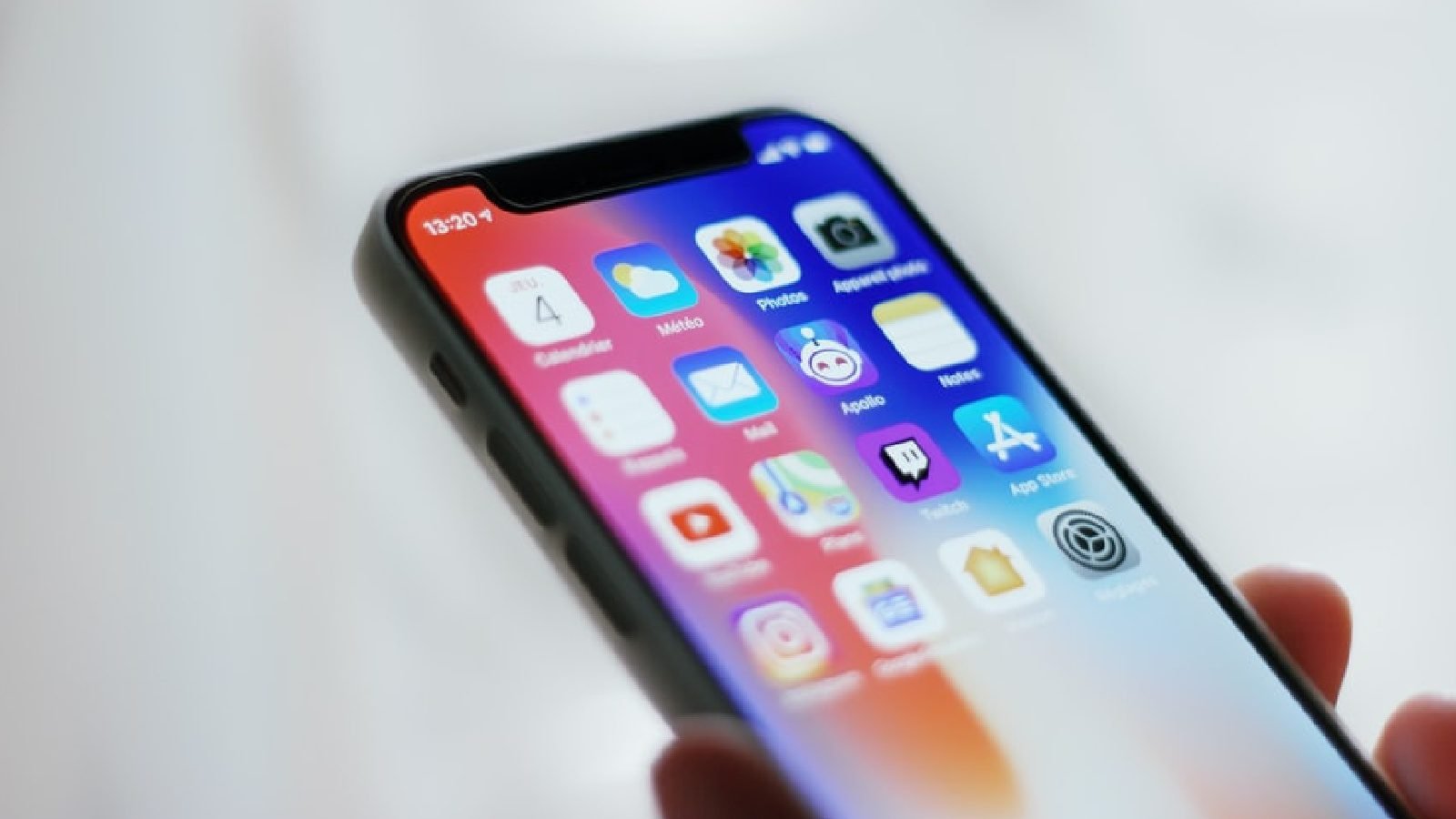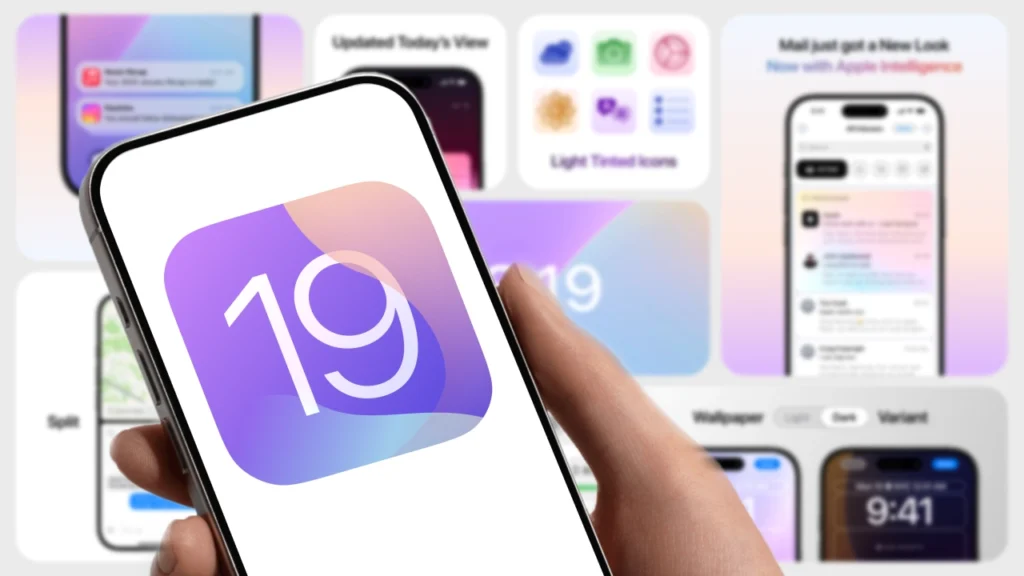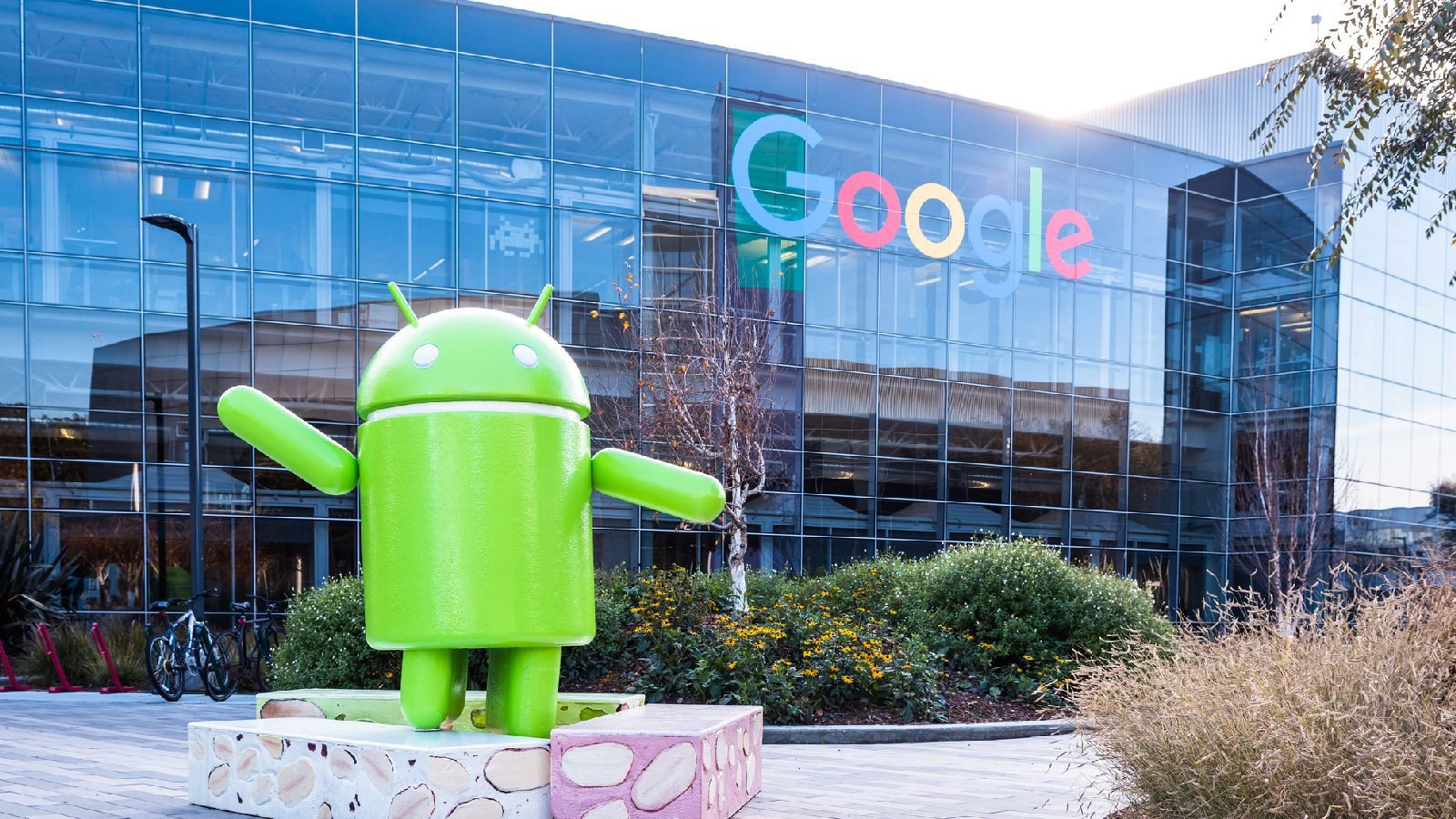Table of Contents
Highlights
- Android 15 comes with a focus on real-world upgrades such as privacy, theft protection, and support across systems, emphasizing customization and diversity.
- Apple, on the other hand, offers on-device “Apple Intelligence,” AI-driven power management, and consistent performance across devices.
- Essentially, Android provides flexibility and choice, while Apple prioritizes uniformity, privacy, and seamless intelligence.
Yearly mobile operating system updates used to be modest refreshes, but now they are the times when Google and Apple release the most important ideas that determine everyday use of the phone. Android 15 maintains Android’s tradition of diversity in devices and experimental features, while what would have been iOS 19 comes with Apple’s new rebranding on a wider scale and an obvious emphasis on on-device intelligence. The comparisons that follow point to what phone users will see, what privacy and battery updates mean, and how Apple and Android position their software in the future.

Android 15 — why it matters
Android 15 is centered around features aimed at addressing actual, real-world issues such as privacy, theft security, and improved utilization of larger or foldable screens. Google added a new “Private Space,” which functions like an electronic safe. Apps and data stored within that space are protected behind a second authentication level and excluded from the regular app list, notifications, and recent apps. In addition to this, the update includes theft-detection and remote-lock functionality designed to make stolen phones more difficult to use or have sensitive information accessed.
Advances to camera and media APIs provide app developers more precise control over imaging, and there are specific advances for foldables and tablets; features such as taskbar pinning and improved multitasking that make larger or folding screens feel more usable. These were released by Google as part of the official rollout of Android 15. The rollout cycle for Android 15 takes the traditional, staggered route: Google released the update in the open-source project and gave priority to Pixel devices, and then OEMs started incorporating the release for broader device families.
The result is that phone users who own Pixel devices experienced Android 15 sooner, with Samsung, OnePlus, and other players releasing their own versions on their own schedules. The staged rollout is common for Android’s environment, considering the highly diverse hardware and manufacturer software skins.

iOS 19 — what changed
Apple’s release that would traditionally have been known as iOS 19 comes in a slightly altered package: Apple shifted to a year-based naming system for its operating systems, so the same release is offered with a year label as part of a larger rename of Apple’s software titles. The firm said that the use of year-based names should make versioning more obvious across iPhone, iPad, Mac, Apple Watch, and other platforms. That name change impacts how the public and media will name the release—what would have otherwise been iOS 19 now attaches to the new year-based designation.
Functionally, the update is all about on-device smarts and thoughtful system refinement. Features confirmed and reported include an AI-driven battery management feature designed to look at common app usage habits and automatically move resources to prolong battery life, more Siri enhancements and contextual awareness, and features that enable accessories such as AirPods to be more capable—live translation being one of them.
Apple introduced a collection of Apple Intelligence tools to developers and stressed that a good chunk of this intelligence can execute locally on devices in order to preserve privacy but enable more intelligent system behavior. These Apple Intelligence reveals and battery-management reporting were some of the most buzzed-about aspects at Apple’s developer conference.
UX and customization: how interactions differ
On the user experience side of things, Android’s character as a malleable manufacturer-led platform has the update introduce numerous methods to customize the phone. Widgets, greater theming control, and foldable-centric task management make Android the go-to option for those who prioritize customization and work with unconventional hardware form factors.

In contrast, Apple remains committed to an integrated, closely controlled experience: the iOS cycle’s latest changes highlight polished aesthetics and “effortless” interaction over boilerplate customization dials. That is, the iPhone interface will probably look smarter and newer, but the level of personalization that device owners can enjoy will still be more restricted than on Android.
AI, privacy, and battery
Both platforms are infusing intelligence into everyday activities, but with different strategies. Google is making predictive and contextual APIs available to developers and promoting Pixel-specific AI capabilities into camera and security processes; however, the quality and timing of those experiences can be quite dissimilar across the numerous Android phone manufacturers.
Apple’s approach focuses on system-level smarts that are designed to function the same on supported iPhones: the battery manager illustration is engineered to be largely invisible while delivering quantifiable battery enhancements, and Apple’s Apple Intelligence framework will purportedly enable applications to make use of on-device models for personal, offline functionality.
Briefly, Android provides more diverse AI tests that are handset-dependent, whereas Apple prioritizes uniform platform smarts that are highly integrated with hardware.
Privacy and security are addressed by both sides, but the focus and methods vary. Android 15’s Private Space and theft safeguards are specifically designed to minimize casual snooping and make theft recovery and data isolation easier across a broad platform. Apple continues to tout the privacy benefit of local processing—Apple Intelligence and on-device model access were framed as means to provide smarter features with less cloud transference of personal data.

The pragmatic implication is that Android is introducing tools that place control and optional safeguards in the hands of the phone owner, while Apple still provides a consistent privacy stance on its more limited range of hardware.
Benefits and compromises
Android 15 will probably interest buyers who prefer choice in hardware and the ability to customize the phone’s behavior. The Private Space and theft feature solve specific, real-world issues, and the foldable enhancements enhance the appeal for those who want bigger screens or are trying new phone shapes. However, this diversity has its downsides: since manufacturers distribute their own releases, the timing and availability of features depend on the manufacturer, and the overall experience is uneven between a Pixel and another brand phone.
Apple’s brand-new release and its Apple Intelligence enhancements will appeal to those who value an easy, refined experience that refreshes in a consistent manner across supported devices. The AI battery manager and device-based models are just a couple of instances of Apple’s “less visible, more useful” philosophy—technologies that should perform well and with minimal configuration. Trade-offs in this instance are fewer opportunities for customization and greater dependence on Apple’s universe to experience the most integrated worlds, particularly where devices like AirPods come into play.
Which route is suited for varying habits?
For readers who enjoy experimenting with habits, form factor diversity, and finer control, Android 15 remains the laboratory that offers experimentation with novel workflows and hardware design, for those who want set-and-forget dependability, close integration between phone and accessories, and a simple privacy story, Apple’s repackaged iOS release and the Apple Intelligence push provide a more streamlined, predictable experience. In a lot of ways, the chasm between the platforms is closing: both are making phones considerably more intelligent and secure, and the decision too often comes down to a general control-and-choice preference.

The most recent big releases represent a practical era in the history of smartphone development. Each is producing smarter phones with an eye on battery life and security, and each is gearing up software to play nicely with fresh hardware forms. Android 15 goes all in on breadth—customization, fold support, and user-oriented protections—while Apple’s annual rebrand and most recent iOS cycle emphasize polishing intelligence within a well-controlled framework. To the general reader, the best single guide to what direction to go in will be the degree of control and diversity that is wanted versus how much one wants a smooth, cohesive set of features that “just work”.